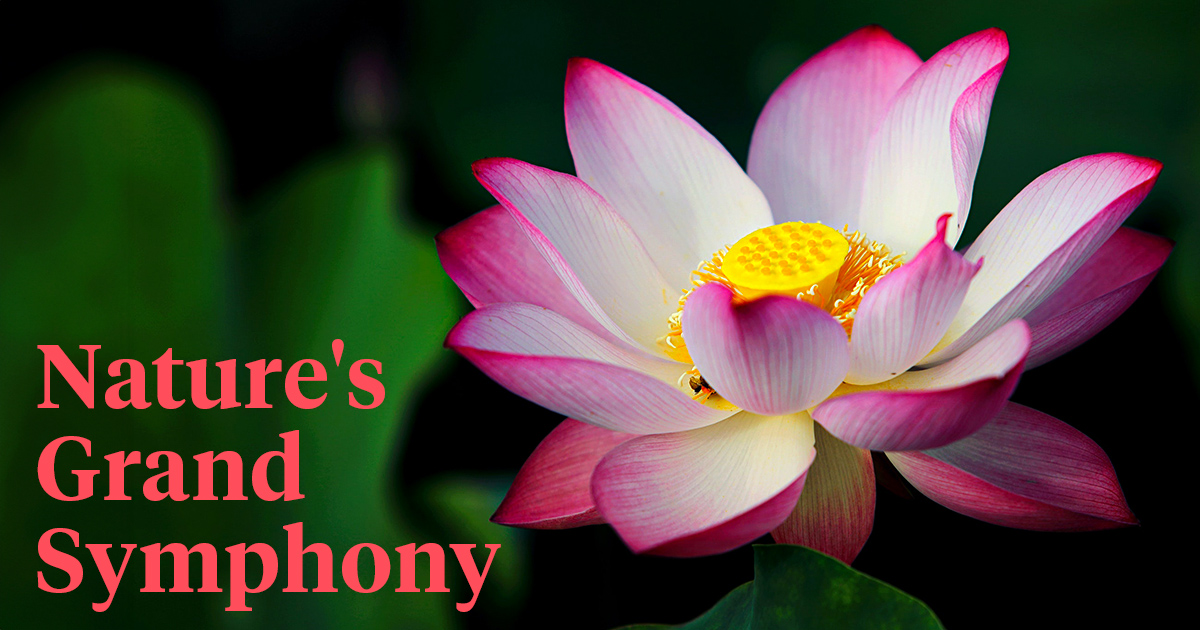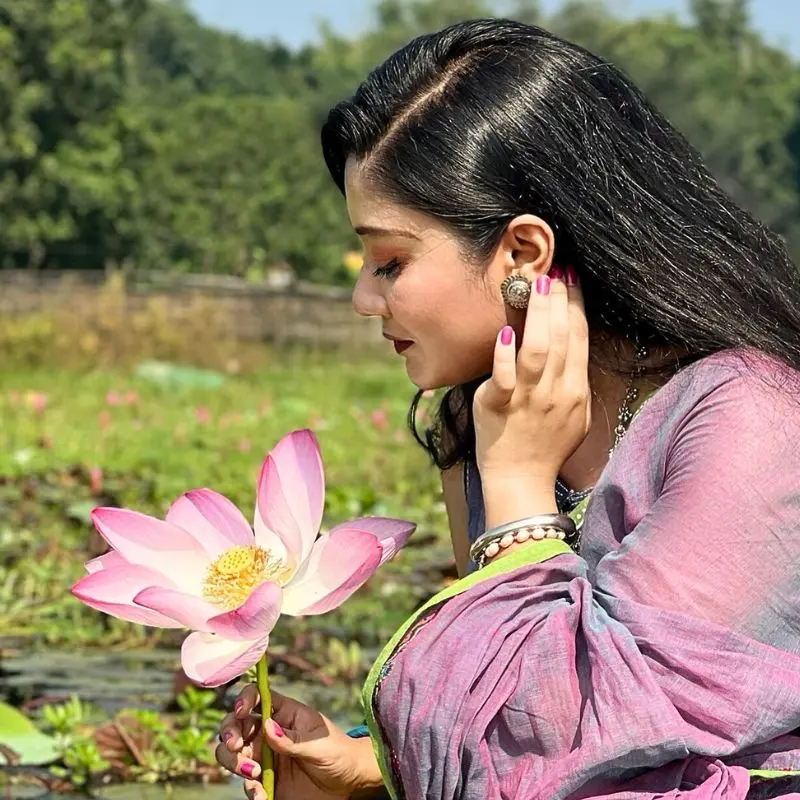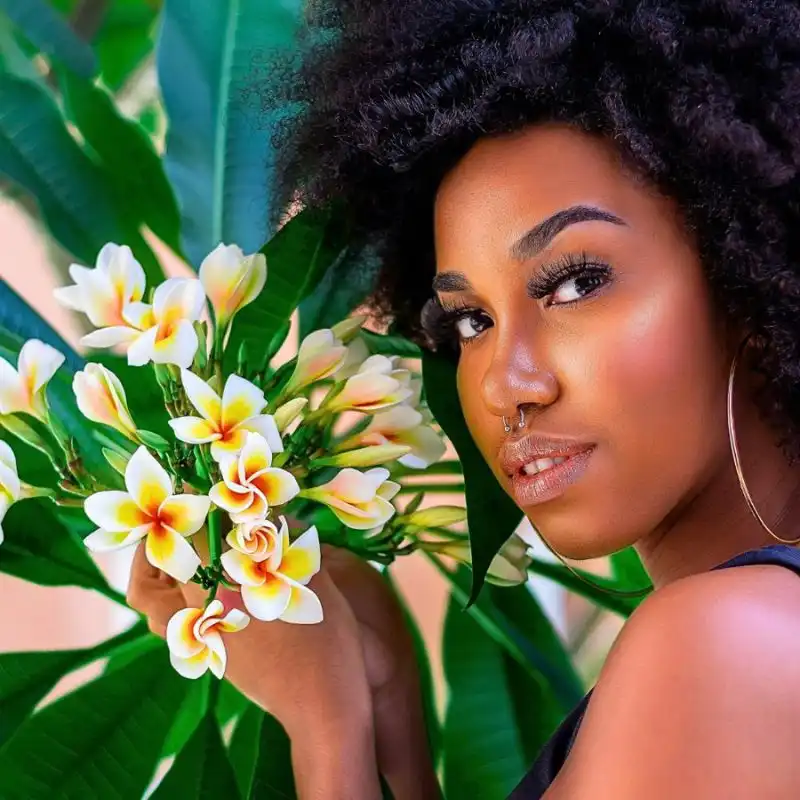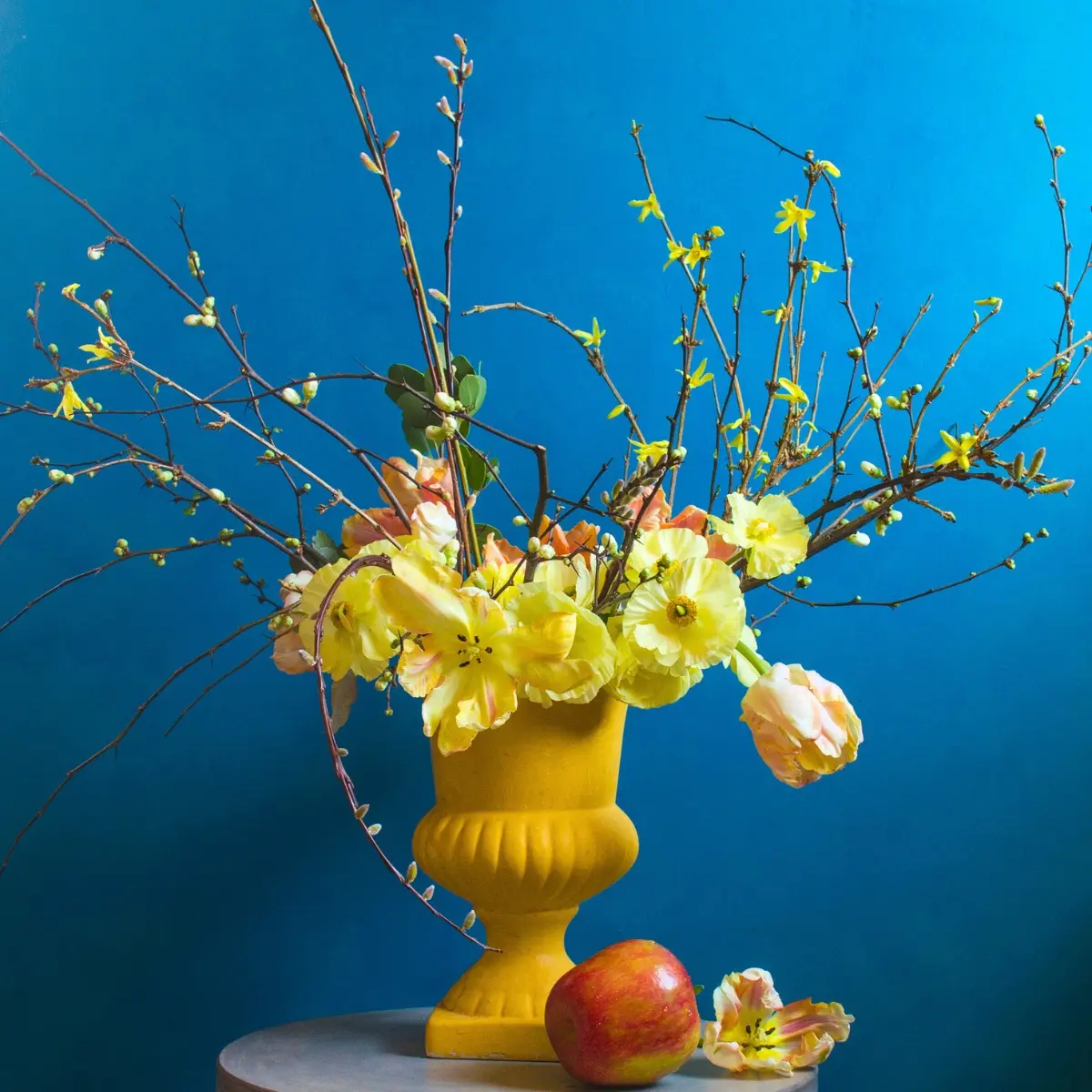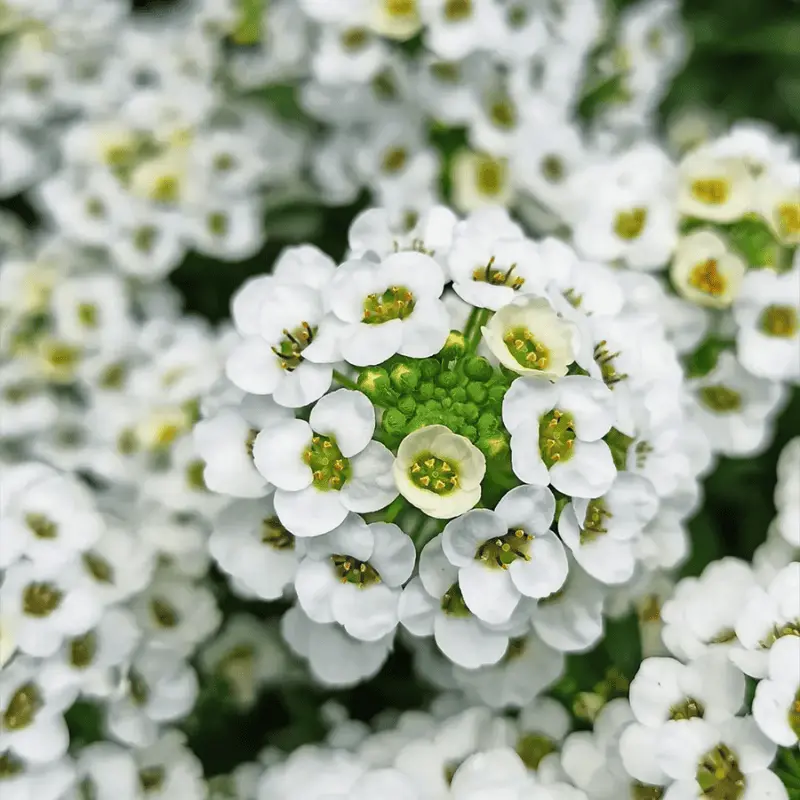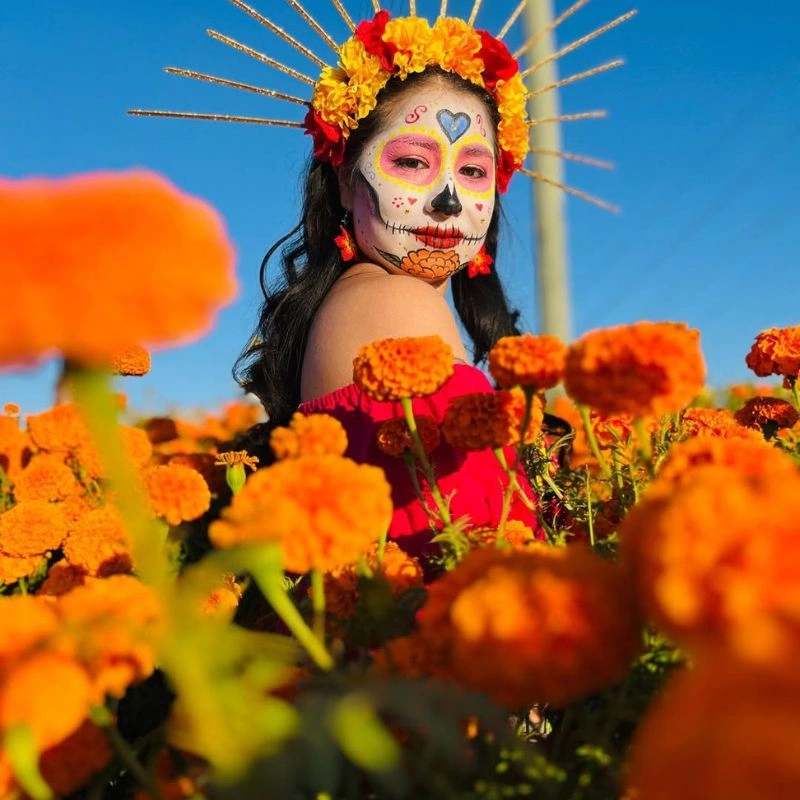The Bhagavad Gita shines as a guiding star in the heart of Hindu philosophy. This monumental scripture goes beyond just a dialogue between Lord Krishna and Prince Arjuna; it intricately sketches the broader contours of life's complexities, existential conundrums, and the multiple avenues that lead toward the ultimate truth.
Amidst this cosmic conversation, nature is a powerful symbol with a particular emphasis on flowers. Their fragile forms, radiant colors, and fleeting lives are poetic reminders of life's transient nature contrasted against the unchanging, eternal spirit.
The Omnipresence of Nature in the Scriptures
Nature's grand symphony, melodious tunes, and rhythmic cycles have been an ever-present motif in Hindu scriptures. Each element, be it a rustling leaf, a flowing river, or an imposing mountain peak, and indeed every unfurling petal, holds without a narrative, a moral insight, or an emblematic symbolism.
The Bhagavad Gita, considered the crown jewel of spiritual literature, frequently uses the imagery of nature, especially the enigmatic world of flowers, utilizing them not just for their literal beauty but as powerful metaphors that distill vast spiritual philosophies into comprehensible insights encapsulating the nuances of life, duty, and cosmic truths.
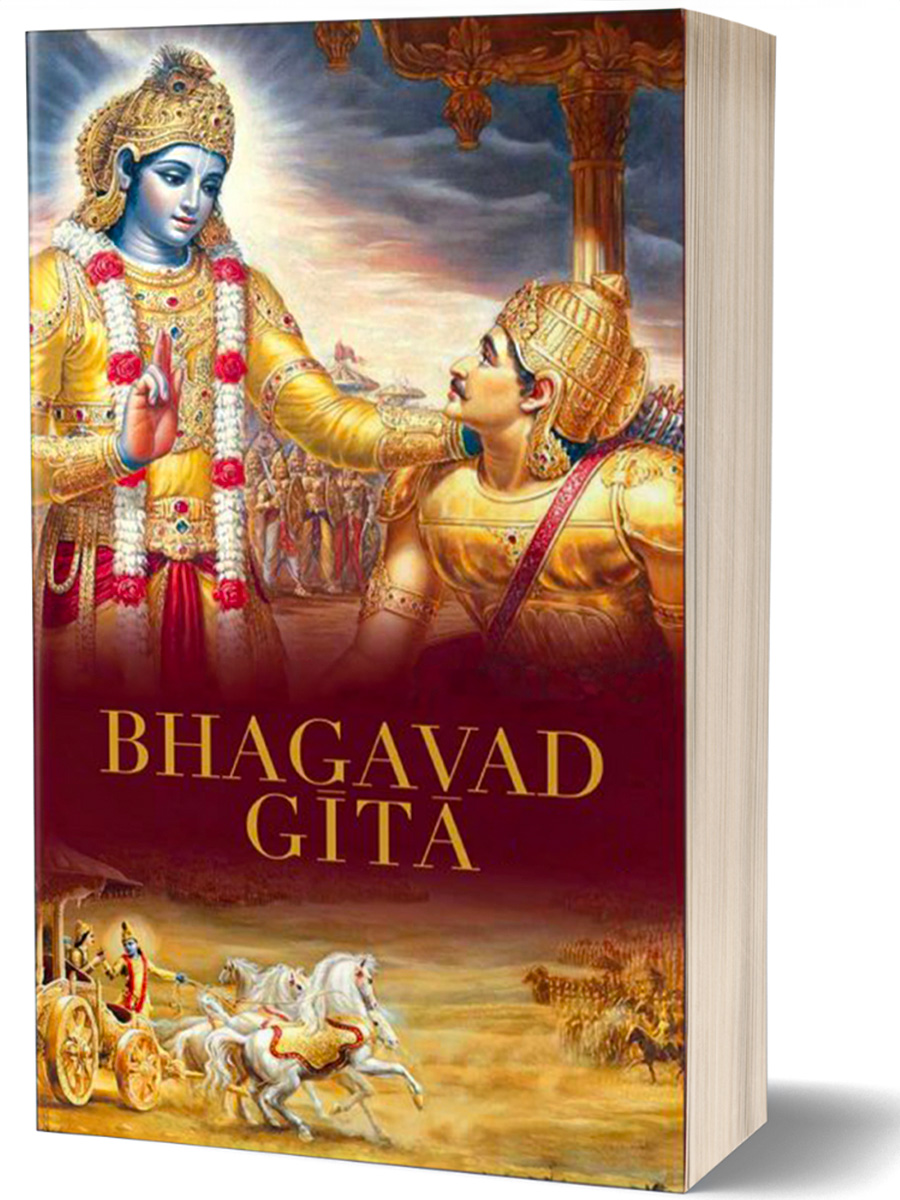
Significance of Flowers in Hinduism Rituals and Celebrations
Every Hindu festival is a sensory delight, painted in vivid colors and fragrances. And this picture would indeed be lackluster without the inclusion of flowers. Flowers are pivotal, brimming with emotions, aspirations, and spiritual fervor.
Whether it's the delicate floral patterns of Rangoli gracing doorsteps during Diwali, the aromatic garlands that drape deities in temples and worship places, or the petal showers during weddings symbolizing blessings and prosperity, flowers are inextricably woven into the ceremonial ethos of Hinduism.
They bear mute testimony to life's diverse shades, encompassing joy, hope, reverence, and a heart's devout outpouring.
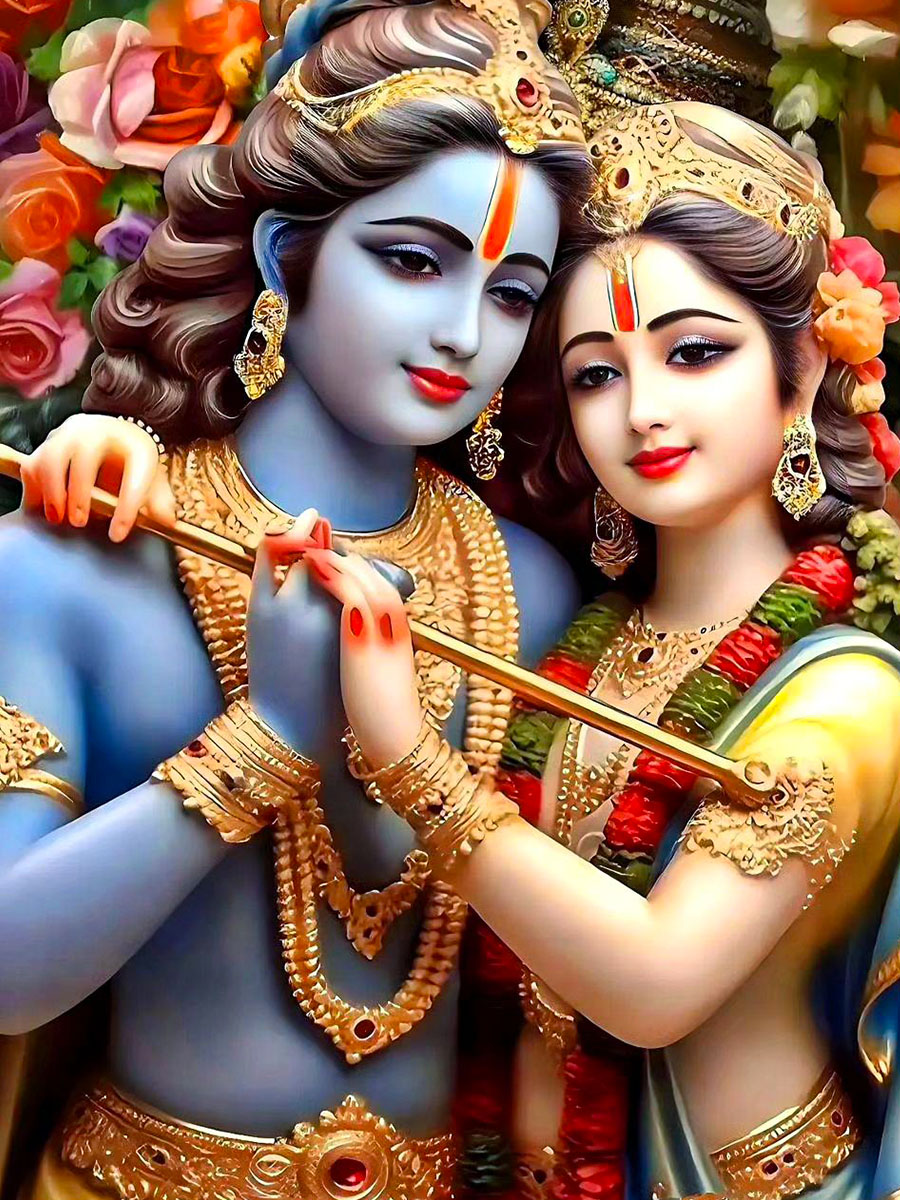
Image by @radhekrishn.vandana
Flowers as Symbols of Divinity and Purity
The multifaceted realm of Hindu practices and ceremonies holds flowers in the highest regard, venerating them as tangible manifestations of purity, innocence, and divinity. Their ephemeral beauty serves as a poignant reminder of life’s fleeting moments, while their pristine core symbolizes the unsullied soul seeking moksha (liberation).
When flowers are laid at sacred alters or offered in the hands of statues representing gods and goddesses, it’s more than a ritualistic act. It’s a symbolic gesture reflecting the devotee’s pure-hearted devotion, surrender to the divine, and aspiration to transcend the mortal confines and merely with the infinite.
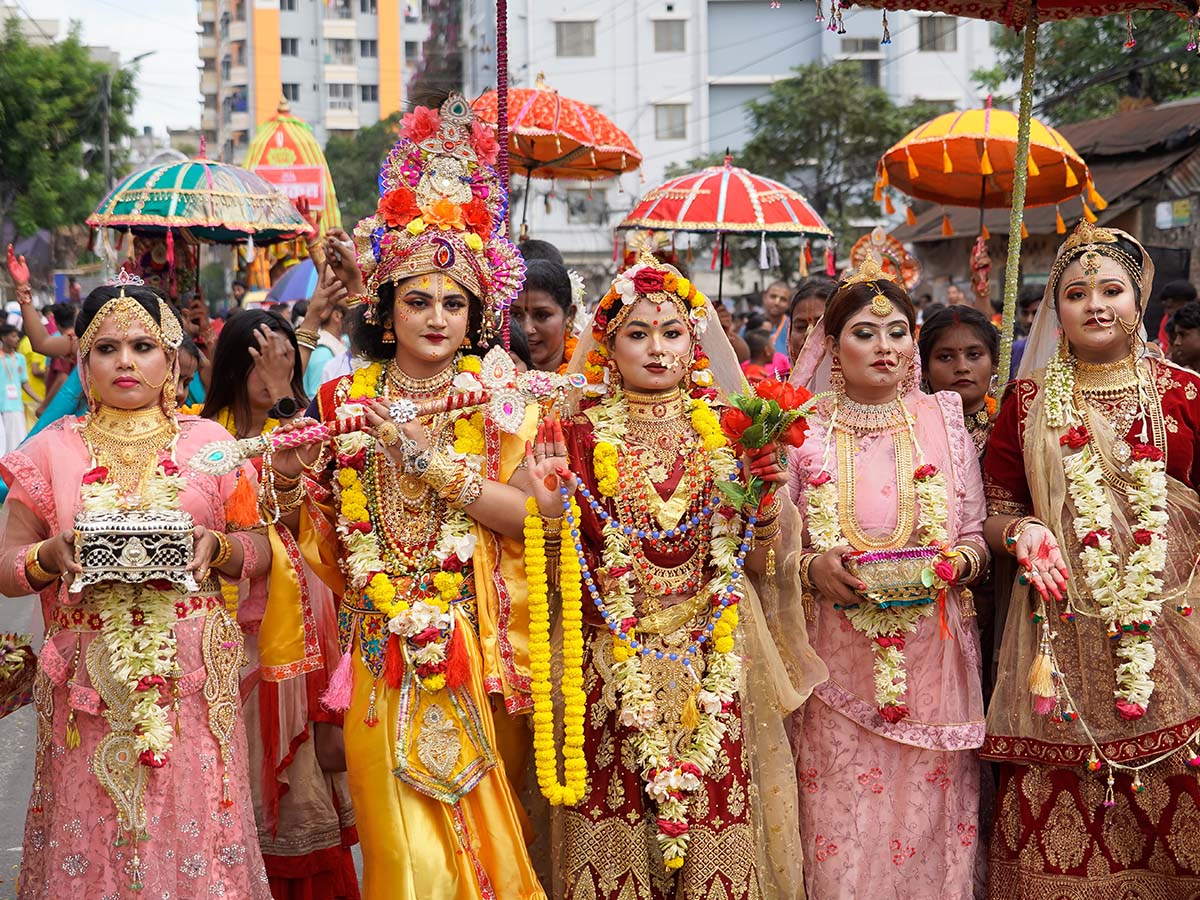
9 Flowers Mentioned in the Bhagavad Gita
1. Night Jasmine - Parijaat (Har Singaar - Nyctanthes arbor-tristis)
In the twilight hues, the night jasmine or Parijaat, gradient from white to orange, symbolizes the fusion of earthly existence with celestial lore. The Bhagavad Gita mentions the flower, highlighting the eternal life cycle and rebirth.
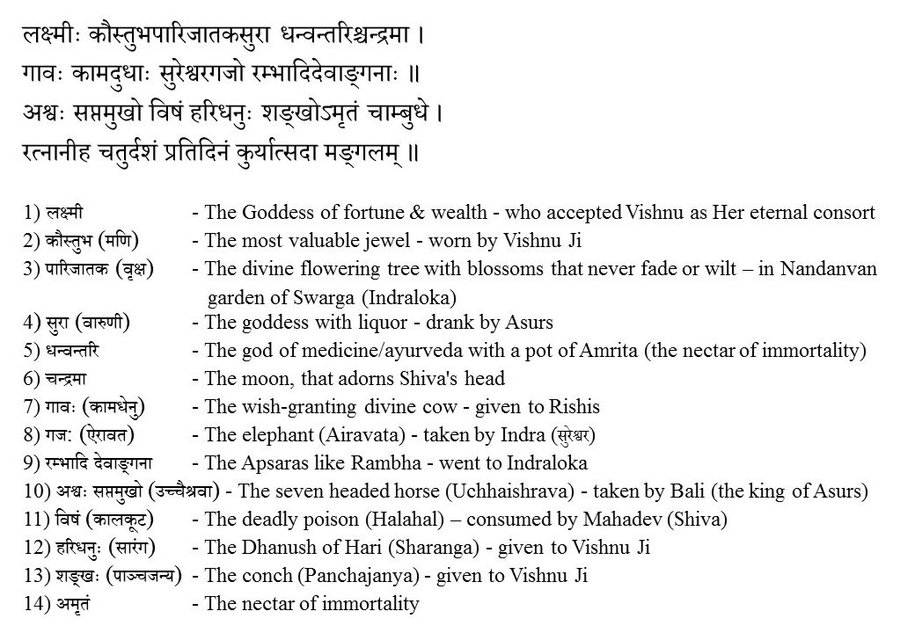
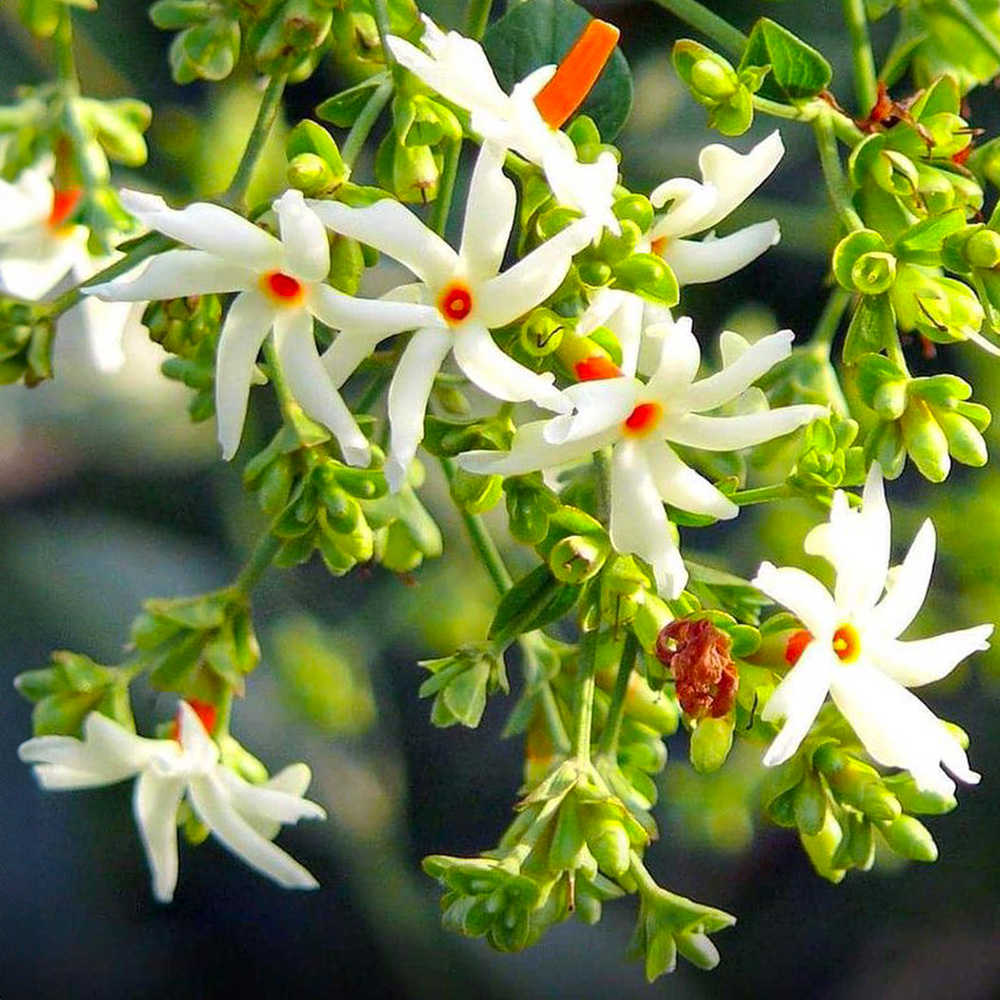
Its spiritual essence is deepened by its ties to Lord Krishna. Mythology tells of the rivalry between Krishna's wives, Rukmini and Satyabhama, over the night jasmine tree and of Krishna's divine dance beneath it with the Gopis, accompanied by his melodic flute. The flower embodies eternal love, divine romance, and the universe's perpetual dance, echoing themes of longing, fulfillment, and the sacred interplay of separation and union.
Did you know that jasmine is also one of the most used flowers that give Indian weddings their charm?
3. Plumeria - Champak (Magnolia/Michelia champaca)
With its mesmerizing aroma, the Plumeria is more than just a beautiful bloom. Often termed the 'fragrance of the divine,' it holds a special place in Hindu traditions, including mentions in the Bhagavad Gita. This scripture likens the flower to resilience, devotion, and the bond between Atman (soul) and Paramatman (universal soul).

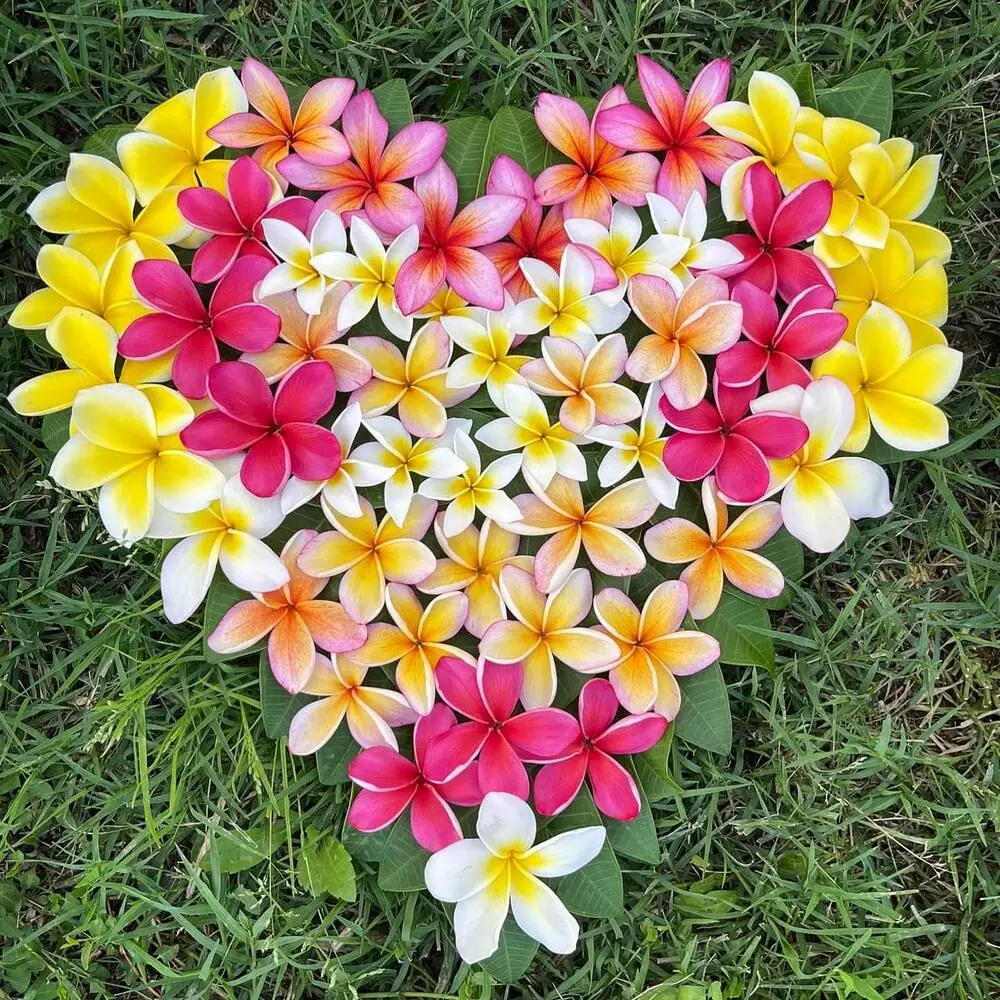
Its golden-yellow petals symbolize hope and enduring faith, further emphasized by its association with Lord Krishna, the cosmic guide. Legend recalls Krishna and Radha's divine love beneath Plumeria trees. Krishna, known to adorn his crown with these flowers, often reveled in Vrindavan's forests, where the Plumeria's scent set the stage for his divine plays, immersing all in spiritual euphoria.
3. Lotus (Kamal - Nelumbo nucifera)
The Lotus, emblematic of grace and spiritual ascent, is central to Hindu philosophy. Emerging from murk to sunlight mirrors the soul's journey from ignorance to enlightenment. The Bhagavad Gita reveres the Lotus, using it to depict hope, purity, and detachment. Lord Krishna emphasizes the lotus leaf's trait of staying untouched by water, suggesting humans act without attachment.
brahmaṇyādhāya karmāṇi saṅgaṁ tyaktvā karoti yaḥ
lipyate na sa pāpena padma-patram ivāmbhasā - Bhagavad Gita - Chapter 5, Verse 10- Those who dedicate their actions to God, abandoning all attachment, remain untouched by sin, just as a lotus leaf is untouched by water.
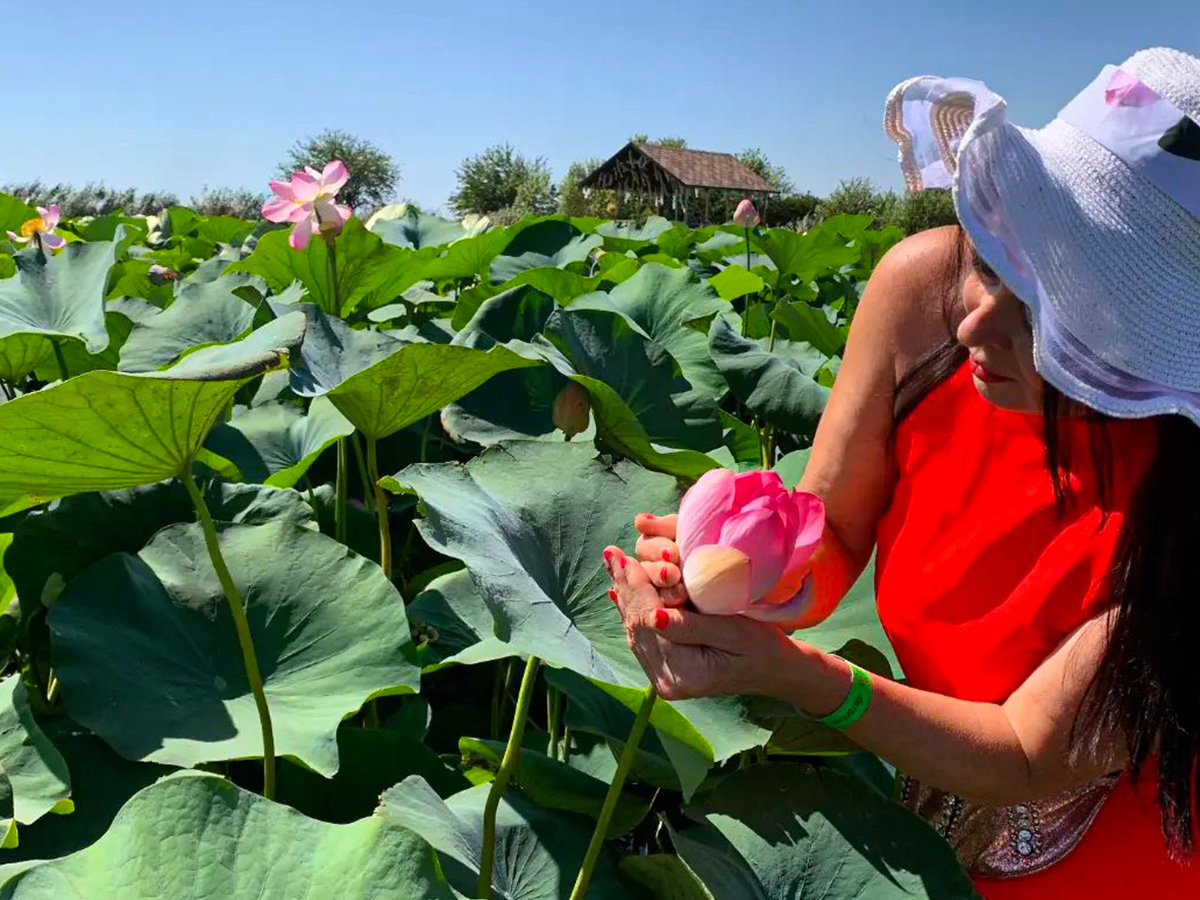
The Lotus's ties with the Hindu trinity further amplify its importance. Lords Vishnu and Brahma are often shown seated on a lotus, and Goddess Lakshmi, symbolizing prosperity, is associated with this revered bloom. Similarly, the Sun God, Surya, who represents wisdom, is linked with the Lotus. As its petals open at dawn, it evokes the eternal union of light and enlightenment.
Knowing all this, it comes as no surprise that the Lotus is the national flower of India. This 'Flower of the Creator' contains a deep symbolism. Read more about the 'Symbolism of Indian Flowers'.
4. Kanak Champa (Karnikar - Pterospermum acerifolium)
Often depicted in artistic rendering and ancient murals, Kanak Champa, or the Karnikar flower, has captured the imagination of poets and sages alike. A standout mention of this beautiful flower is in its association with the divine Lord Krishna. An epitome of elegance, its petals are imagined as earrings, gracefully accentuating Lord Krishna's visage.
barhāpīḍaṁ naṭa-vara-vapuḥ karṇayoḥ karṇikāraṁ
bibhrad vāsaḥ kanaka-kapiśaṁ vaijayantīṁ ca mālām
randhrān veṇor adhara-sudhayāpūrayan gopa-vṛndair
vṛndāraṇyaṁ sva-pada-ramaṇaṁ prāviśad gīta-kīrtiḥ - Bhagavad Gita Chapter 21 Canto 10, Verse 5- Wearing a peacock-feather ornament upon His head, blue Karnikara flowers on His ears, a yellow garment as brilliant as gold, and the Vaijayanti garland, Lord Krsna exhibited His transcendental form as the greatest of dancers as He entered the forest of Vrndavana, beautifying it with the marks of His footprints. He filled the holes of His flute with the nectar of His lips, and the cowherd boys sang His glories.
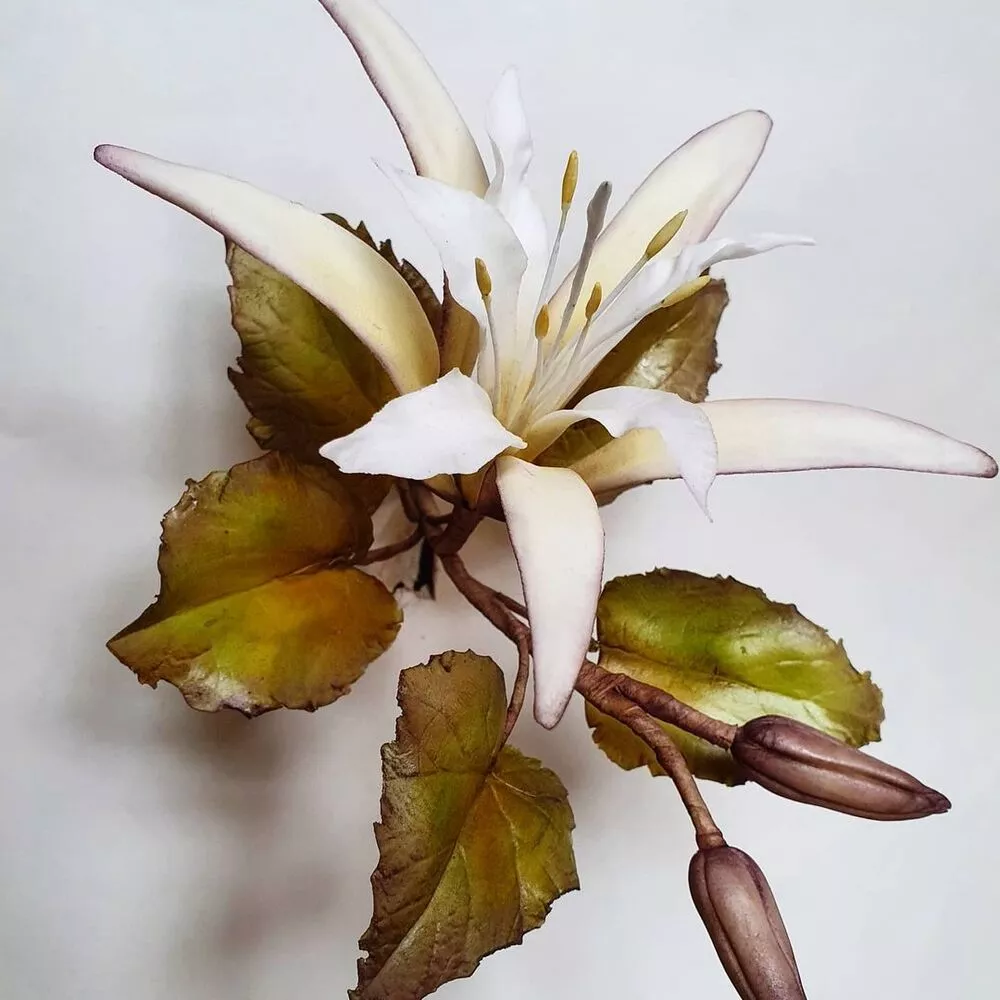
The association of Kanak Champa with Lord Krishna is emblematic of the overarching theme of beauty in spirituality. When Lord Krishna's life was replete with tales of heroism, love, and divine play, his association with nature was ever-present. In this, the Kanak Champa stands as a metaphor for the eternal bond shared between the deity and his devotees - a bond that's both nurturing and all-encompassing. The very sight of this flower evokes takes of Krishna's frolics in Vrindavan, his divine melodies, and the mesmerizing allure that captivated the hearts of all.
5. Madhavi Lata (Madhavi, also known as Hiptage - Helicopter Flower - Hiptage benghalensis)
The forests of Vrindavan, with their lush greenery and tranquil ambiance, are often imagined as being adorned with Madhavi Lata. This evokes vivid images of Lord Krishna's divine play, where every tree, grove, and flower silently witnessed his eternal leelas.
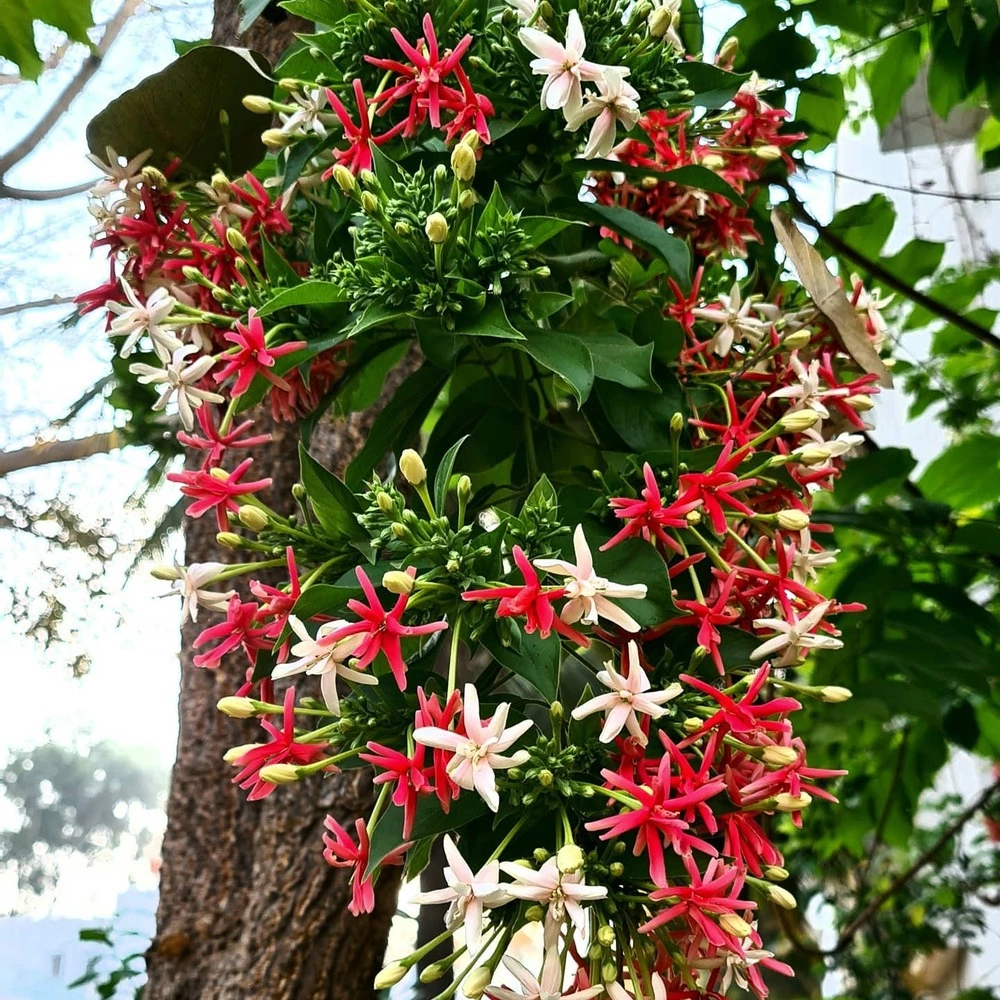
The delicate tendrils of Madhavi Lata also find its mentions in the Vishnu Purana, one of the eighteen Mahapuranas, accentuating its spiritual connotations further. In its verses, the Madhavi Lata becomes a metaphor for spiritual longing, the innate human desire to connect with the divine and the intricate dance of creation and dissolution. Its other name, 'Atimukta,' meaning 'completely liberated,' is a powerful reminder of the ultimate goal of every soul, meandering through life's complexities and ever seeking liberation or 'moksha.'
And why this flower is also called 'helicopter flower'...? Just watch this funny video on Instagram by @greenboxnursery.
6. Kewda (Ketaki - Pandanus odoratissimus)
The enchanting Kewda, known for its captivating scent, is deeply woven into Hindu rituals and ancient legends, particularly the Bhagavad Gita. Its significance is heightened by its ties to the divine trinity: Lord Vishnu, Lord Shiva, and Lord Brahma.
“If one offers me with love and devotion a leaf, a flower, fruit, or water, I will accept it”.
Bhagavad Gita 9.26
- A notable tale reveals Lord Brahma's deception, claiming the Kewda witnessed him finding the top of an endless light pillar, symbolizing Shiva. Upon learning the falsehood, Shiva cursed the flower. Stories like this emphasize the balance of creation, preservation, and destruction in the cosmos and human life.
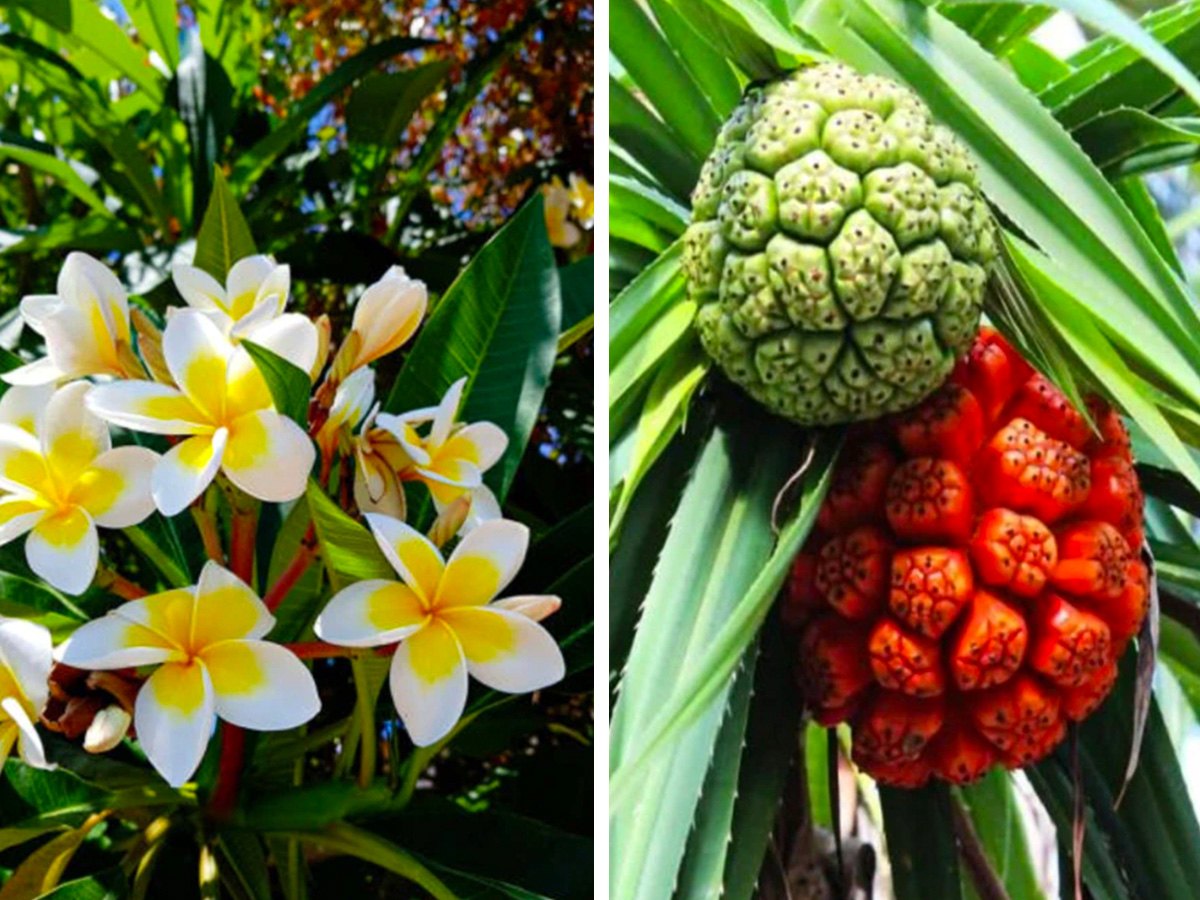
7. Neel Kamal (Blue Water Lily - Nymphaea nouchali)
Rising from murky waters, the blue lily blooms with a grace that is both ethereal and grounded, encapsulating a journey of ascension from the mundane to the sublime. Its presence in the Bhagavad Gita reflects its quintessential role in emphasizing virtues of purity, serenity, and spiritual birth.
bhīṣmadroṇataṭā jayadrathajalā gāndhāranīlotpalā
śalyagrāhavatī kṛpena vahanī karṇena velākulā | - Gita Dhyanam - Part 2- 67- With Kesava as the helmsman, verily was crossed by the Pandavas the battle-river, whose banks were Bhishma and Drona, whose water was Jayadratha, whose blue lotus was the king of Gandhara, whose crocodile was Salya, whose current was Kripa, whose billow was Karna, whose terrible alligators were Vikarna and Asvatthama, whose whirlpool was Duryodhana

The same sentiment reverberates in the Ramayana, one of India's great epics, where its vivid hues are celebrated and associated with purity and commitment. Its ties to Lord Shiva further enhance its religious stature. Furthermore, each petal of the Neel kamal tells a tale. Whether it's the story of resilience, emerging from the mud yet untouched by its impurities, or the narrative of spiritual growth, reaching enlightenment, this flower is a timeless spiritual guide in Hindu philosophy.
8. Bhandhook (Midday Flower - Pentapetes phoenicea)
The Bhandhook flower opens its fiery red petals at noon, symbolizing life's intensity and the divine's presence. This vibrant bloom reminds us of transient yet fervent moments, encouraging passionate living.
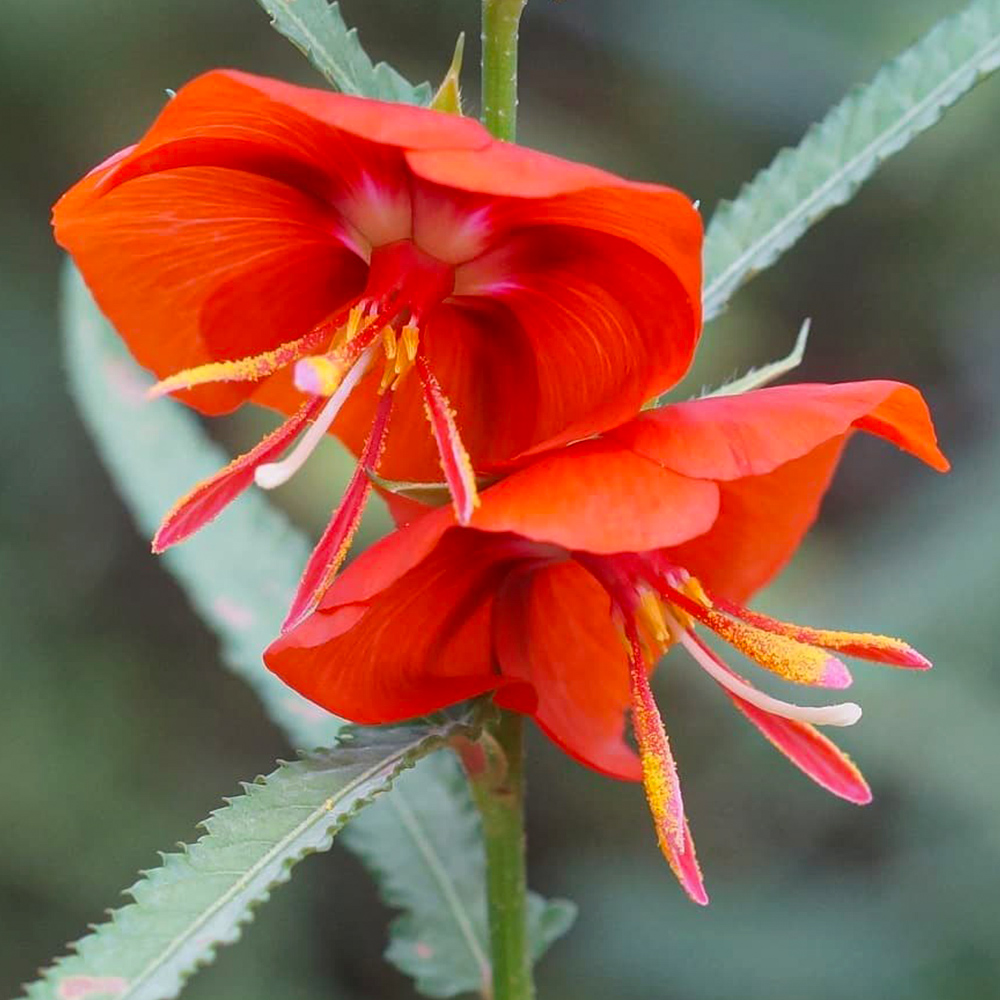
Lord Krishna's tales, brimming with love and divinity, link him to the Bhandhook, underscoring eternal love. Likewise, Lord Ganesh, symbolizing wisdom and resilience, is associated with this flower, emphasizing its role as a symbol of hope and enlightenment. Mirroring the Sun God's life-giving essence, the flower's midday blossoming celebrates life's energy, its cycles, and the divine rhythm governing the cosmos.
9. Marigold (Genda - Calendula)
Vibrant and energetic Marigolds are central to Hindu festivities, symbolizing auspiciousness and joy. These blooms are often linked to Lord Krishna and represent the soul's desire to connect with the divine. Scriptures recount marigolds offered to Krishna, signifying love, surrender, and grace.
“Flowers please the mind and grant prosperity. Hence, men with righteous deeds bestowed the name Sumana on them.”
- The Mahabharata book 13, Anusasana Parva Chapter 101, verses 19-21
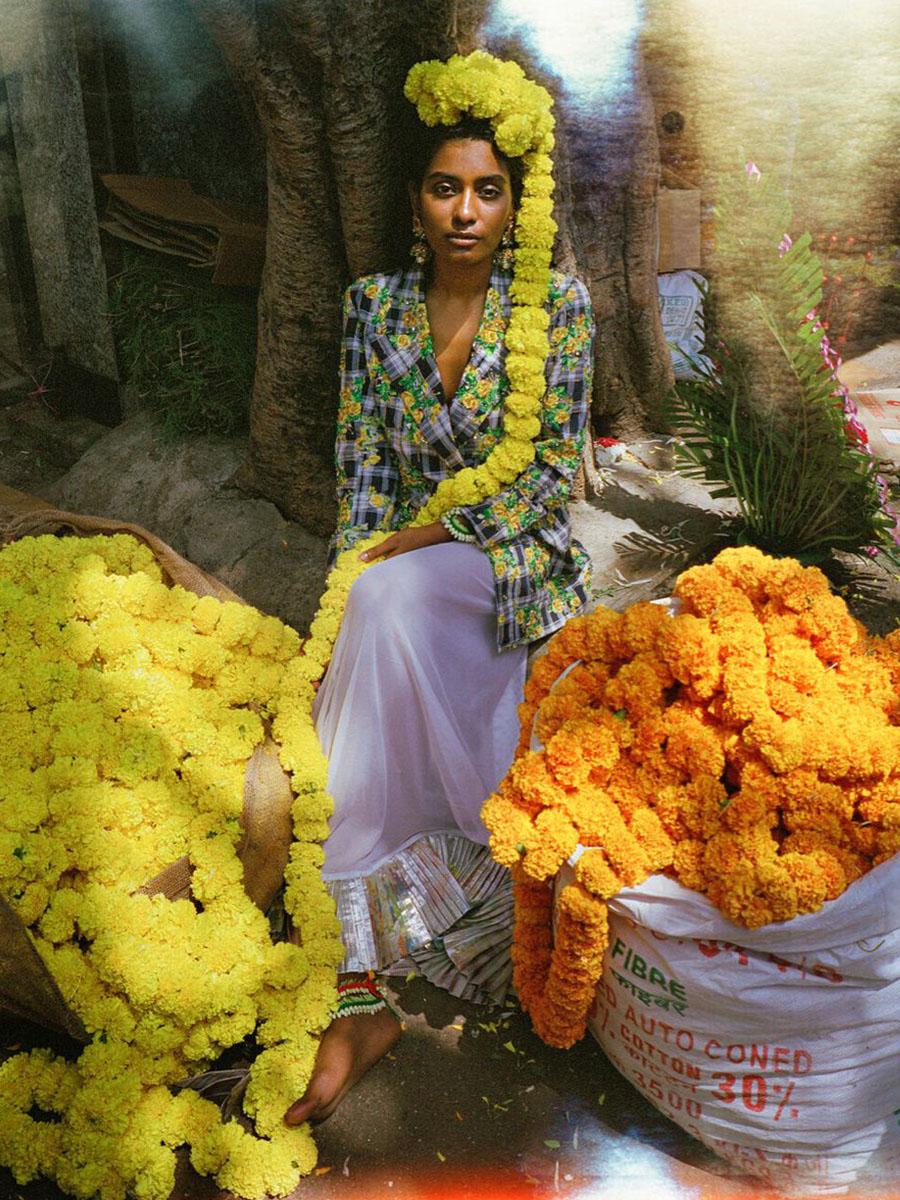
In Hindu traditions, marigolds craft torans and decorative hangings for home entrances during festivals, like Diwali. These torans, beyond aesthetics, repel negativity and welcome positivity.
Read more about the meaning of marigolds worldwide.
The Timeless Relevance of Bhagavad Gita's Floral Metaphors
The Bhagavad Gita uses floral metaphors to convey profound spiritual truths. Each flower reference in this text symbolizes life lessons, such as the fleeting nature of existence or the pursuit of enlightenment. In today's fast-paced digital age, these ancient botanical metaphors offer a grounding perspective. They remind us to value stillness, simplicity, and spiritual growth as anchors amidst life's uncertainties. As we face myriad challenges today, these floral insights from the Bhagavad Gita guide us toward love, detachment, and self-awareness.
Flowers as Bridges to the Divine
In Hinduism, flowers symbolize the bridge between earthly and divine realms, representing the universe's grandeur. Their blooming reflects a soul's journey toward enlightenment, facing challenges just as flowers do. Each petal conveys life's eternal cycles, urging reflection on life's fleeting nature. Commonly used as offerings, flowers connect humans and divinity. Specific flowers, like the Lotus and Marigold, guide us toward more profound truths. They serve as nature's spiritual guides, inspiring souls to seek enlightenment.
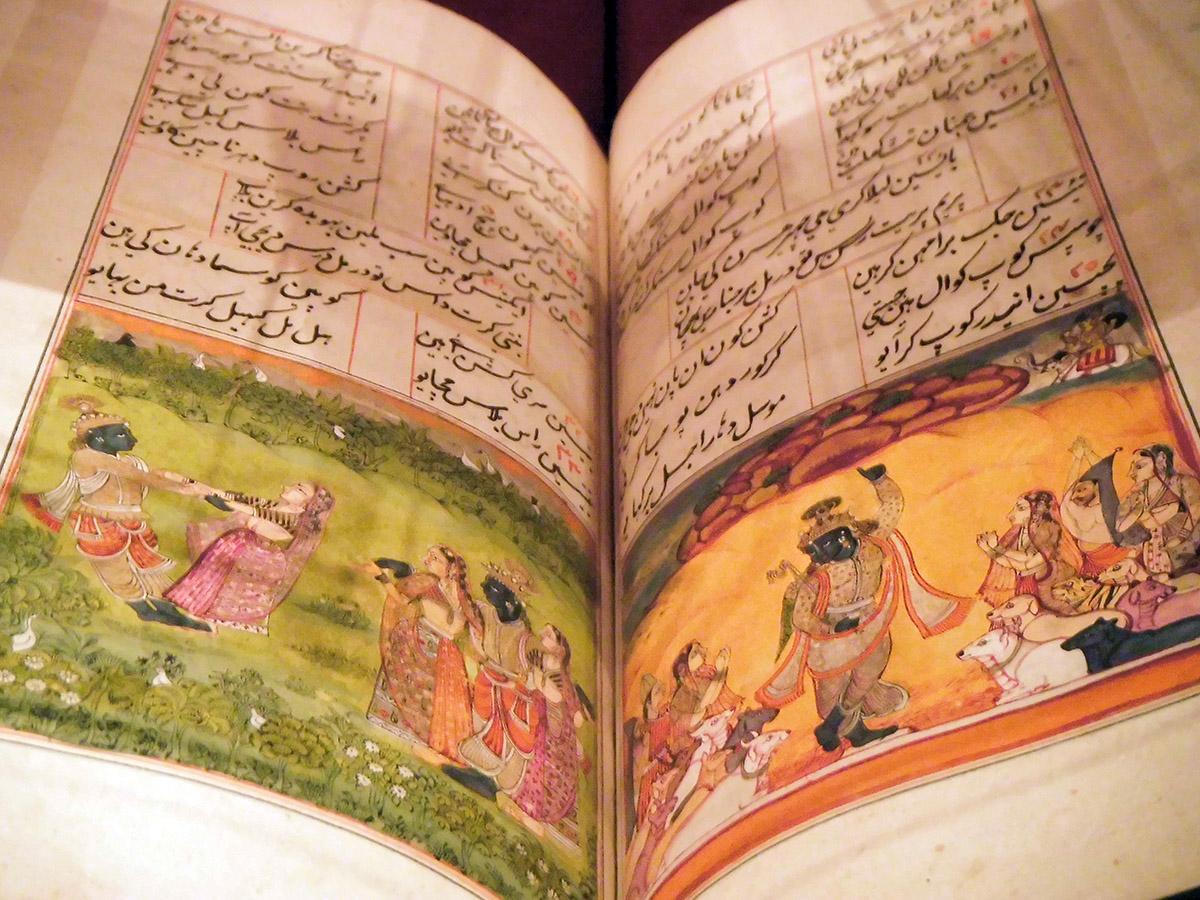
Hinduism vs. Buddhism
You will notice that many flowers that carry symbolism in Hinduism also appear in Buddhist scriptures, like the Tripitaka. This makes sense since Hinduism and Buddhism have common origins in the culture of Ancient India. Both religions have many shared beliefs and practices but also pronounced differences. Still, the strong symbolism of flowers. Yet the strong symbolism of flowers spans both religions so that- despite the big differences - some connection can be found.
Header image by Hiếu Hoàng from Pexels, feature image by @radhekrishn.vandana.

